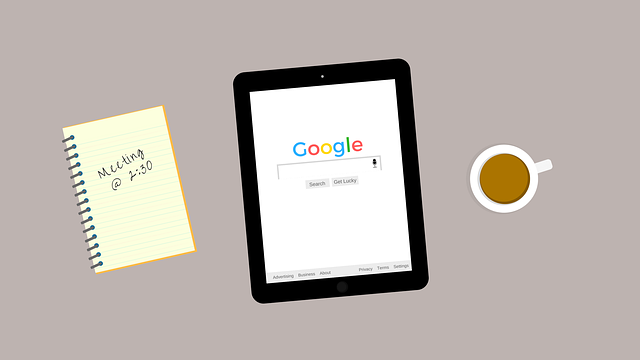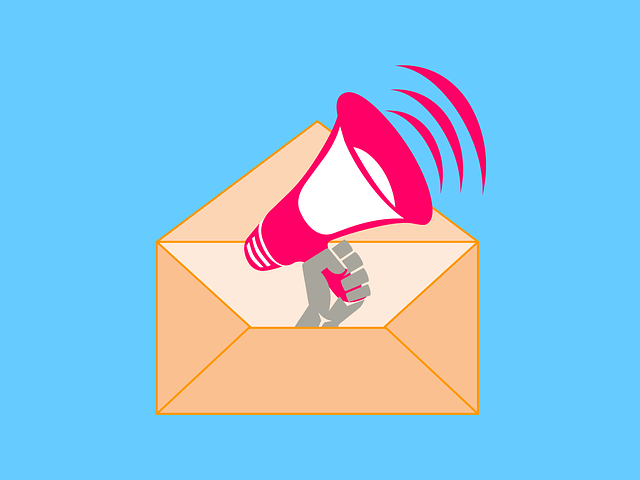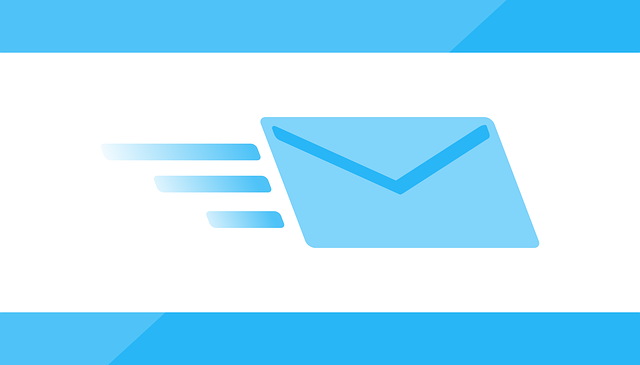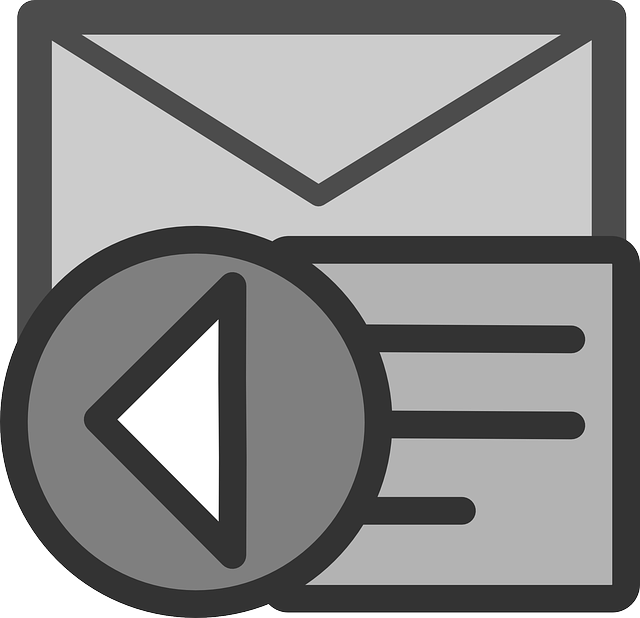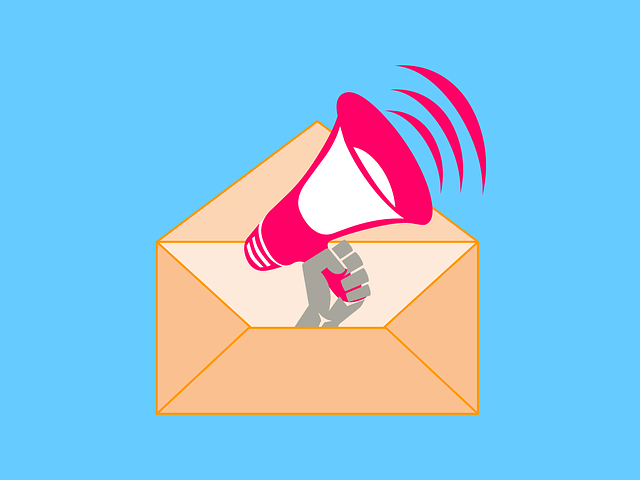Did you know that email marketing has an impressive return on investment (ROI) of 4,400%? This means that for every dollar spent on email marketing, businesses in the healthcare and wellness field can expect an average return of $44. With such a staggering statistic, it’s clear that email marketing has become an indispensable tool for reaching and engaging with customers in this industry.
In this article, we will explore the future of email marketing in the healthcare and wellness field, and why it is crucial for businesses to stay ahead of the curve. We will delve into current trends, challenges, and strategies for successful email marketing, as well as opportunities for growth and innovation.
Whether you are a healthcare provider, wellness brand, or a marketer in this field, this article will provide you with valuable insights and best practices to optimize your email marketing campaigns.
So, let’s dive in and discover how you can leverage the power of email to connect, inform, and inspire your audience in the healthcare and wellness industry.
Key Takeaways
- Email marketing in healthcare and wellness has a high ROI of 4,400%.
- Personalization, mobile optimization, and interactive content are current trends in email marketing.
- Compliance with privacy regulations and effective email reputation management are crucial in this industry.
- Integration of email marketing with telehealth and virtual care can enhance communication and patient engagement.
Importance of Email Marketing in the Healthcare and Wellness Field
You can’t afford to ignore the power of email marketing in the healthcare and wellness field. It’s like having a personal assistant who helps you effortlessly reach and engage with your patients and clients, all while delivering valuable information straight to their inbox.
With email segmentation, you can tailor your messages to specific groups of people based on their interests, demographics, and behaviors. This allows you to provide personalized content that resonates with your audience, increasing the likelihood of them taking action.
Additionally, email automation streamlines your communication process, saving you time and ensuring that your messages are sent at the right time. By utilizing these powerful tools, you can build strong relationships with your patients and clients, establish yourself as a trusted authority, and ultimately drive more business.
As we delve into the current trends in email marketing for healthcare and wellness, you’ll discover even more ways to optimize your email campaigns and stay ahead of the competition.
Current Trends in Email Marketing for Healthcare and Wellness
Surfing the wave of digital communication, a new era emerges in the healthcare and wellness industry, where personalized messages are crafted to resonate with the hearts and minds of potential customers. To stay ahead in this competitive landscape, here are three current trends in email marketing for healthcare and wellness:
-
Personalization techniques: Gone are the days of generic mass emails. Healthcare and wellness brands are now utilizing data-driven insights to tailor their messages based on customer preferences, demographics, and behaviors. By personalizing emails, businesses can establish a deeper connection with their audience and drive higher engagement.
-
Mobile optimization: With the majority of people accessing emails on their mobile devices, it’s crucial for healthcare and wellness brands to ensure their emails are optimized for mobile viewing. This includes responsive designs, concise yet impactful content, and clear call-to-action buttons. By catering to the mobile audience, brands can enhance the user experience and increase conversions.
-
Interactive content: Email marketing is no longer limited to static text and images. Brands are now incorporating interactive elements such as quizzes, surveys, and videos to engage their audience. Interactive content not only captures attention but also provides valuable insights that can be used to personalize future communications.
As email marketing in the healthcare and wellness field continues to evolve, it is important for businesses to stay updated with the latest trends and techniques. However, these advancements also bring along their fair share of challenges. [Transition sentence to challenges in email marketing for healthcare and wellness].
Challenges in Email Marketing for Healthcare and Wellness
When it comes to email marketing in the healthcare and wellness field, you face several challenges.
First and foremost, you need to comply with privacy regulations to protect sensitive patient information.
You also need to tackle the issue of deliverability and inbox placement to ensure that your emails reach the intended recipients.
Additionally, with competition and email overload on the rise, it’s crucial to find ways to stand out and engage your audience effectively.
Compliance with Privacy Regulations
Imagine the peace of mind you’ll feel knowing that your healthcare and wellness email marketing campaigns are fully compliant with privacy regulations.
Ensuring patient consent and data security are crucial in today’s digital landscape. By obtaining explicit permission from patients to receive marketing emails, you can build trust and establish a strong relationship.
Implementing robust data security measures, such as encryption and secure storage, safeguards sensitive information and protects patient privacy. Additionally, regularly conducting audits and assessments can help identify any potential vulnerabilities and address them proactively.
Remember, compliance with privacy regulations not only protects your patients but also enhances your reputation as a responsible healthcare provider.
As you move into the next section on deliverability and inbox placement, it’s important to maintain these high standards to ensure your emails reach your intended audience.
Deliverability and Inbox Placement
Achieving high deliverability rates and inbox placement is like having a clear path to reach your audience, ensuring that your messages are not lost in the vast sea of emails. However, healthcare and wellness organizations face unique deliverability challenges due to the sensitive nature of their content. To overcome these challenges, it is crucial to focus on email reputation management. Maintaining a good reputation involves following best practices, such as using double opt-in, regularly cleaning your email list, and avoiding spam triggers. Additionally, monitoring your sender score and engagement metrics can help identify any issues that may affect deliverability.
| Deliverability Challenges | Email Reputation Management |
|---|---|
| Sensitive content | Double opt-in |
| Stringent regulations | Regular list cleaning |
| High competition | Avoiding spam triggers |
By prioritizing email reputation management, healthcare and wellness organizations can improve their deliverability rates and ensure their messages reach their intended audience. This is especially important considering the growing competition and email overload in the industry.
Competition and Email Overload
Now that we’ve discussed the importance of deliverability and inbox placement in email marketing, let’s move on to another challenge that healthcare and wellness organizations face: competition and email overload.
In today’s digital age, people are bombarded with countless emails every day, making it difficult for your messages to stand out. This is where competition becomes fierce, as you vie for your audience’s attention among a sea of other emails.
To combat this, it’s crucial to develop effective strategies that cut through the noise and engage your recipients. One strategy is to personalize your emails, tailoring them to the specific needs and interests of each individual. Additionally, incorporating eye-catching visuals and compelling subject lines can help capture attention.
By implementing these strategies, you can ensure that your email marketing efforts in the healthcare and wellness field are successful.
Now, let’s explore some effective strategies to achieve this.
Strategies for Successful Email Marketing in the Healthcare and Wellness Field
Effective email marketing in the healthcare and wellness field requires a personalized approach that fosters trust and builds lasting relationships with subscribers. Successful segmentation and email automation are key strategies for achieving this. By categorizing subscribers based on their interests, demographics, and behavior, you can send targeted and relevant content that resonates with each individual. This not only increases engagement but also enhances the subscriber’s experience with your brand. Additionally, email automation allows you to deliver timely and personalized messages without requiring constant manual effort. It helps streamline your marketing efforts and ensures that your subscribers receive the right information at the right time. To illustrate the benefits of successful segmentation and email automation, take a look at the table below:
| Segment | Interests | Demographics | Behavior | Email Content |
|---|---|---|---|---|
| Segment A | Fitness | Age: 25-35 | Active gym-goers | Exercise tips, workout routines |
| Segment B | Nutrition | Age: 35-45 | Health-conscious parents | Healthy recipes, meal planning tips |
| Segment C | Mental Health | Age: 45-55 | Stressed professionals | Stress management techniques, mindfulness exercises |
| Segment D | Chronic Conditions | Age: 55+ | Patients with chronic illnesses | Disease management strategies, support resources |
| Segment E | General Wellness | Age: 18-24 | Health enthusiasts | Wellness tips, self-care practices |
These segments allow you to tailor your email content to specific needs and interests, maximizing the impact of your marketing efforts. As you explore opportunities for growth and innovation in email marketing, consider how you can further refine your segmentation and automation strategies to deliver even more personalized and valuable content to your subscribers.
Opportunities for Growth and Innovation in Email Marketing
In the ever-evolving landscape of email marketing in the healthcare and wellness field, there are exciting opportunities for growth and innovation.
One such opportunity is the integration with telehealth and virtual care, allowing healthcare providers to seamlessly communicate with patients and offer remote consultations.
Additionally, the use of AI and predictive analytics can revolutionize email marketing by enabling personalized messaging and targeted healthcare recommendations.
By leveraging these advancements, organizations can deliver informative and empathetic content that meets the unique needs of their audience, fostering stronger patient-provider relationships.
Integration with Telehealth and Virtual Care
Amidst the rapid digital transformation, the integration of email marketing with telehealth and virtual care has become the heartbeat of the healthcare and wellness field. This integration presents numerous opportunities for growth and innovation, allowing healthcare providers and wellness brands to engage with their patients and customers in a more personalized and convenient way.
Here are three key benefits of integrating email marketing with telehealth and virtual care:
-
Seamless communication: By incorporating email marketing into telehealth platforms, healthcare providers can send appointment reminders, follow-up instructions, and educational materials directly to patients’ inboxes, ensuring clear and timely communication.
-
Increased patient engagement: Email marketing enables healthcare providers to deliver targeted content and personalized recommendations, fostering patient engagement and adherence to treatment plans.
-
Streamlined workflows: Integrating email marketing with telehealth and virtual care platforms streamlines administrative tasks, such as scheduling appointments and sending out notifications, saving time and reducing administrative burden.
As we dive into the next section about AI and predictive analytics, it’s important to recognize the immense potential that lies in leveraging technology to enhance healthcare and wellness practices.
AI and Predictive Analytics
By harnessing the power of AI and predictive analytics, healthcare providers and wellness brands can unlock a realm of possibilities, revolutionizing the way patient care is delivered and transforming the industry into a realm of personalized, data-driven solutions. Artificial intelligence allows for the analysis of vast amounts of patient data, enabling healthcare professionals to make more accurate diagnoses, predict disease progression, and personalize treatment plans. With predictive analytics, healthcare providers can identify high-risk patients and intervene before complications arise, preventing hospitalizations and reducing healthcare costs. This data-driven approach not only improves patient outcomes but also enhances efficiency and resource allocation within the healthcare system. By leveraging AI and predictive analytics, healthcare and wellness organizations can take a proactive approach to patient care, providing personalized recommendations and interventions that promote optimal health and well-being.
Personalized Health and Wellness Recommendations
Transforming the way we approach health and well-being, personalized recommendations powered by AI and predictive analytics are revolutionizing the healthcare industry. With the ability to analyze vast amounts of data, these technologies can provide individuals with personalized nutrition recommendations and exercise suggestions tailored to their specific needs and goals.
By considering factors such as age, gender, medical history, and lifestyle, AI algorithms can create customized plans that optimize health outcomes. Whether it’s suggesting a meal plan to address specific dietary requirements or recommending exercise routines based on individual fitness levels, personalized recommendations empower individuals to take charge of their health.
By leveraging the power of email marketing, healthcare and wellness providers can deliver these personalized recommendations directly to their patients, fostering a stronger connection and promoting positive lifestyle changes.
Transitioning into the subsequent section, let’s explore best practices and tips for effective email marketing in the healthcare and wellness field.
Best Practices and Tips for Effective Email Marketing in the Healthcare and Wellness Field
In order to effectively engage with patients and promote healthy living, it’s crucial for healthcare and wellness professionals to implement best practices and follow key tips for successful email marketing campaigns.
By utilizing targeted segmentation, you can tailor your emails to specific groups of patients based on their demographics, interests, and health conditions. This allows you to deliver personalized content that resonates with your audience and increases engagement.
Additionally, content optimization is essential for delivering valuable information that’s easy to digest. Use concise language and include clear calls to action to encourage patients to take action.
Here are five best practices to consider:
- Use compelling subject lines to grab attention
- Include relevant and informative content
- Ensure emails are mobile-friendly for easy viewing on any device
- Personalize emails with the recipient’s name and relevant information
- Monitor and analyze email metrics to track performance and make improvements.
By following these tips, you can create effective email marketing campaigns that build trust, educate patients, and drive positive health outcomes.
Frequently Asked Questions
How can healthcare and wellness organizations ensure their email marketing campaigns are HIPAA compliant?
To ensure HIPAA compliance in your healthcare email marketing campaigns, follow these best practices.
Imagine your email campaign as a well-constructed fortress, protecting sensitive patient information. Use secure email providers, encrypt all data, and obtain proper consent.
Implement strict access controls and train your staff on privacy protocols.
Regularly audit and update your security measures.
By prioritizing patient privacy, you can establish trust and build strong relationships with your audience.
Are there any specific regulations or guidelines that healthcare and wellness organizations need to follow when sending promotional emails?
When sending promotional emails, healthcare and wellness organizations must adhere to HIPAA regulations and follow best practices for email marketing. This ensures the privacy and security of patient information.
It is crucial to obtain proper consent from patients before sending any promotional emails.
Additionally, organizations should use secure email platforms, encrypt sensitive data, and regularly train staff on HIPAA compliance.
By implementing these guidelines, healthcare and wellness organizations can effectively promote their services while maintaining patient trust and confidentiality.
What are some effective ways to personalize and segment email campaigns in the healthcare and wellness field?
To effectively personalize and segment email campaigns in the healthcare and wellness field, you can employ various strategies and techniques.
Start by collecting relevant data from your audience, such as their demographics, preferences, and behavior. Use this information to create targeted campaigns that resonate with each individual.
Implement personalization techniques like dynamic content, personalized subject lines, and tailored offers.
Segment your email list based on factors like age, location, or health interests to ensure that your messages are relevant and meaningful to each recipient.
How can healthcare and wellness organizations measure the success and ROI of their email marketing efforts?
To measure the success and ROI of your email marketing efforts in the healthcare and wellness field, you need to focus on measuring engagement and tracking conversions.
Engagement can be measured by analyzing open rates, click-through rates, and time spent on your emails.
Tracking conversions involves monitoring the number of subscribers who take the desired action, such as scheduling an appointment or purchasing a product.
By regularly analyzing these metrics, you can gain valuable insights into the effectiveness of your email campaigns and make data-driven decisions to optimize your results.
Are there any emerging technologies or tools that can enhance the effectiveness of email marketing in the healthcare and wellness field?
AI-powered automation and predictive analytics are two emerging technologies that can greatly enhance the effectiveness of email marketing in the healthcare and wellness field. With AI-powered automation, you can personalize and automate email campaigns, ensuring that your messages reach the right audience at the right time.
Predictive analytics can help you analyze data and predict customer behavior, allowing you to tailor your email content and improve engagement. These tools can revolutionize your email marketing efforts, driving better results and ROI.
Conclusion
In conclusion, email marketing is a vital tool for success in the healthcare and wellness field. By staying up to date with current trends and overcoming challenges, you can develop effective strategies to engage and inform your audience.
The opportunities for growth and innovation are endless, allowing you to reach new heights in connecting with patients and promoting wellness. So, don’t underestimate the power of email marketing – it’s like having a personal assistant who can effortlessly spread your message to the masses, making your brand shine brighter than a thousand suns.

